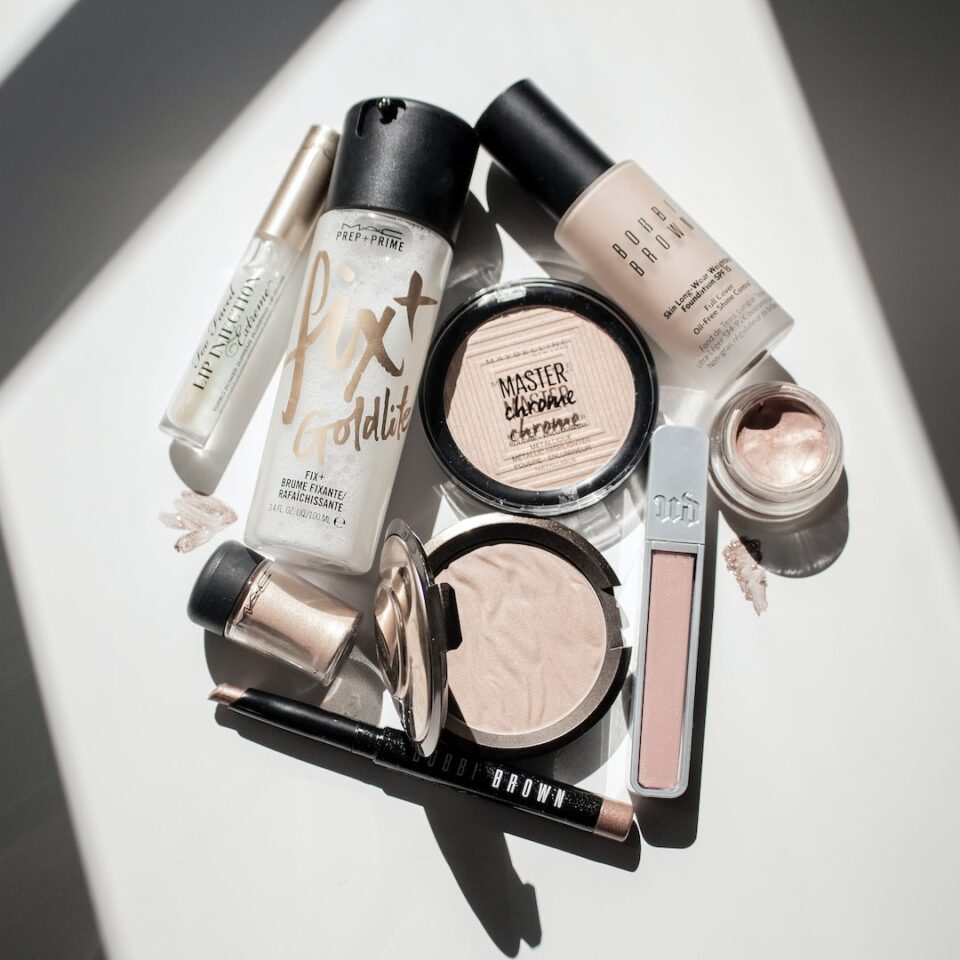In recent years, there has been a significant shift in the beauty industry as consumers become more conscious about the products they use on their bodies. The rise of clean beauty has been on the forefront of this movement, and it is changing the way we think about beauty products. But what exactly does clean beauty mean, and why is it gaining so much popularity? In this blog post, we will explore the rise of clean beauty and what it means for the industry.
Clean beauty is a term that is often used interchangeably with natural beauty. It refers to products that are made with ingredients that are safe for both the consumer and the environment. These products are free from harmful chemicals, toxins, and potentially irritating additives commonly found in mainstream beauty products.
One of the main drivers behind the rise of clean beauty is growing consumer awareness and concern about the potential risks associated with certain ingredients used in conventional beauty products. From parabens to phthalates and sulfates, many beauty products contain potentially harmful chemicals that can cause allergic reactions, disrupt hormones, and even be carcinogenic. As people become more educated about these risks, they are turning to cleaner alternatives.
Clean beauty products are formulated with ingredients that are ethically sourced and produced. Many clean beauty brands focus on sustainability, cruelty-free practices, and eco-friendly packaging. This commitment to ethical and sustainable practices resonates with consumers who care about the environment and want to make ethical choices when it comes to their beauty routines.
Furthermore, the rise of social media has played a significant role in the popularity of clean beauty. Bloggers, influencers, and celebrities are now showcasing their clean beauty routines to millions of followers, which has created a ripple effect. As influencers share their experiences with clean beauty products and advocate for a healthier beauty industry, consumers are inspired to make the switch.
The rise of clean beauty has also sparked a movement towards transparency in the industry. Many clean beauty brands are committed to full ingredient transparency, allowing consumers to make informed decisions about the products they purchase. With the advent of online shopping, consumers have access to an abundance of knowledge about ingredients, product reviews, and certifications that guarantee the safety of clean beauty products.
The impact of the clean beauty movement on the industry cannot be underestimated. Major beauty retailers are now dedicating entire sections to clean beauty products, and multinational brands are reformulating their existing products to meet the growing demand for cleaner alternatives. This shift has also influenced regulatory bodies to take a closer look at the ingredients used in beauty products and to set stricter guidelines for the industry.
However, as the clean beauty market continues to grow, it is important to be cautious of greenwashing – a marketing tactic where brands make misleading claims about the cleanliness and safety of their products. Some brands may use buzzwords like “natural” and “organic” without adhering to strict standards. It is crucial for consumers to do their research and look for third-party certifications from reputable organizations.
In conclusion, the rise of clean beauty signifies a necessary change in the beauty industry. Consumers are demanding safer, more sustainable products that align with their ethical values. The movement towards clean beauty is a testament to the power of consumer demand and the growing awareness of the potential risks associated with conventional beauty products. As the clean beauty movement continues to gain momentum, it is essential for brands and consumers to work together to create a healthier and more sustainable beauty industry.


